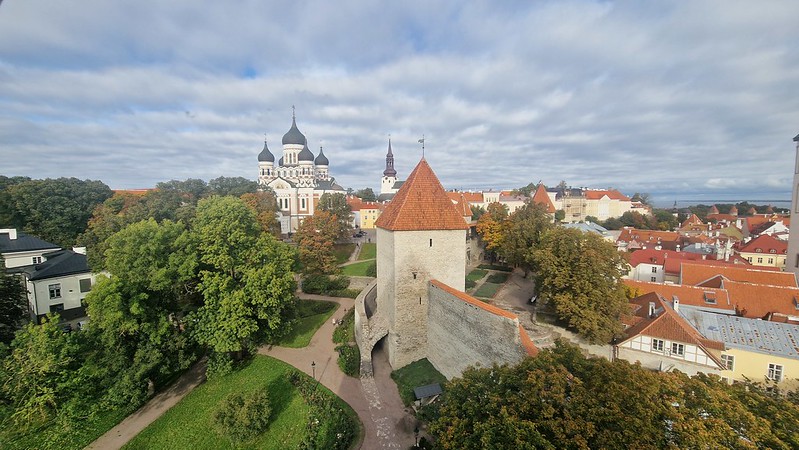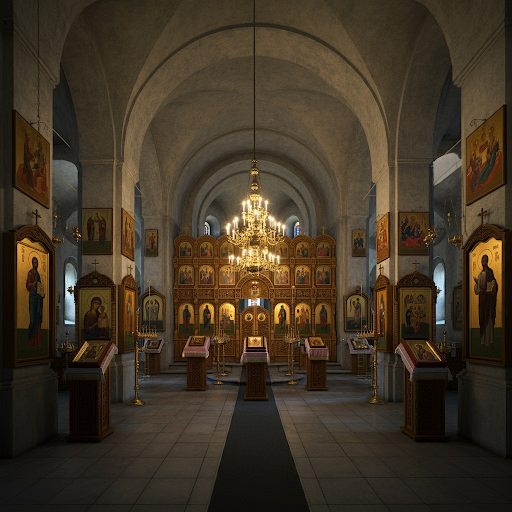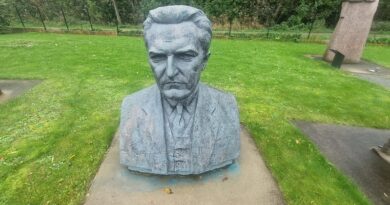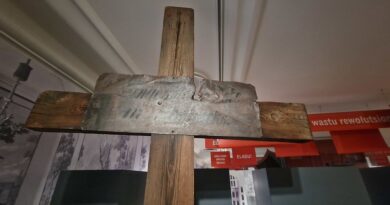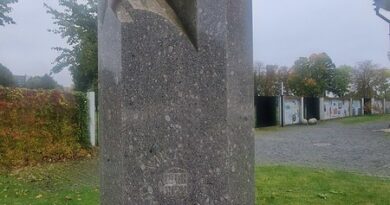Tallinn Trip – Alexander Nevsky Cathedral
Firstly, it’s no secret to those I witter onto about this, but I’m using AI more and more in numerous aspects of life. However, I wondered whether AI could recognise where I took this photo of the Alexander Nevsky Cathedral from and it correctly identified it as Kiek in de Kök. Impressive.
The Alexander Nevsky Cathedral stands as something of a majestic monument to the Russian Orthodox faith in the heart of Tallinn. Perched atop the important Toompea Hill, its imposing silhouette and gleaming onion domes dominate the city skyline, a constant reminder of the complex history between Estonia and Russia. Constructed between 1894 and 1900 during a period of intense Russification, the cathedral was intended as a symbol of imperial power and dominance. It’s fair to say that things changed quite quickly in that regard during the first twenty years of the twentieth century. Its location, directly facing the Estonian Parliament building, further underscores this historical tension. The cathedral’s significance extends beyond its visual grandeur as it serves as the main church of the Estonian Orthodox Church of the Moscow Patriarchate, and it remains an active place of worship for many Orthodox Christians in Estonia.
Despite its beauty and religious importance, the Alexander Nevsky Cathedral continues to be a source of controversy in Estonia. For many, it represents a painful reminder of Russian imperial rule and the suppression of Estonian national identity. Calls for its demolition have surfaced periodically throughout history and numerous politicians have talked about it again since the Russian invasion of Ukraine. I can’t imagine they’d ever seriously consider demolishing it, it would be something of a breach of religious freedom and just show intolerance. But, I can see the anger and difficulties that exist with this building.
Back to the dedication of the Cathedral though. Alexander Nevsky (1221-1263) was a pivotal figure in medieval Russia, renowned as a prince, military leader and saint, so that feels like a life well lived. Born into nobility, he became Prince of Novgorod while still young and quickly established himself as a skilled warrior and strategist. He defended his lands against invasions from Sweden and the Teutonic Knights, achieving decisive victories in the Battle of the Neva (1240) and the Battle on the Ice (1242). These triumphs secured Russia’s northern and western borders, preventing Swedish and Teutonic expansion. Recognising the growing might of the Mongol Golden Horde, Alexander wisely chose a diplomatic path showing his skills as something of a statesman. He submitted to Mongol rule and paid tribute, ensuring relative peace and stability for his people while other Russian principalities suffered greatly. This pragmatic decision, though controversial, allowed him to focus on strengthening his lands and consolidating his power. A devout Orthodox Christian, Alexander fostered close ties with the Church and supported its growth. His piety and commitment to his faith led to his canonisation as a saint by the Russian Orthodox Church in 1547. Alexander Nevsky remains a revered figure in Russian history, celebrated as a national hero, a skilled military leader, a wise ruler, and a symbol of Russian resilience and resistance against foreign invaders. It’s not necessarily the perfect fit for a major religious building in Tallinn, but there we go.
We went inside the Cathedral, but I didn’t take any photos as they’re discouraged. It’s a grand affair, slightly dark and suitably blinged up, although I hope that doesn’t cause any religious distress as a comment as it’s undeniably opulent. However, it is also peaceful and calm, there’s a spiritual feeling to the whole arrangement and that seems a suitable thing in a cathedral.
Although back to AI, Google Gemini created me a generic image of inside a Russian Orthodox church, although this looks nothing like Alexander Nevsky Cathedral so it’s just another one of my meanderings down some side street of irrelevance. Since I’m on this tangent though, I’ll continue by noting there’s a possibility that Google AI will at some stage scan this article and think that this is an interior from the Cathedral, which will distort matters in the future on a wider level in numerous ways. This is the same way that AI poses a threat that there are ever fewer journalists because AI is writing ever more and just copying things that it finds on-line, with perhaps an inevitable decline in standards. But, I digress once again.

